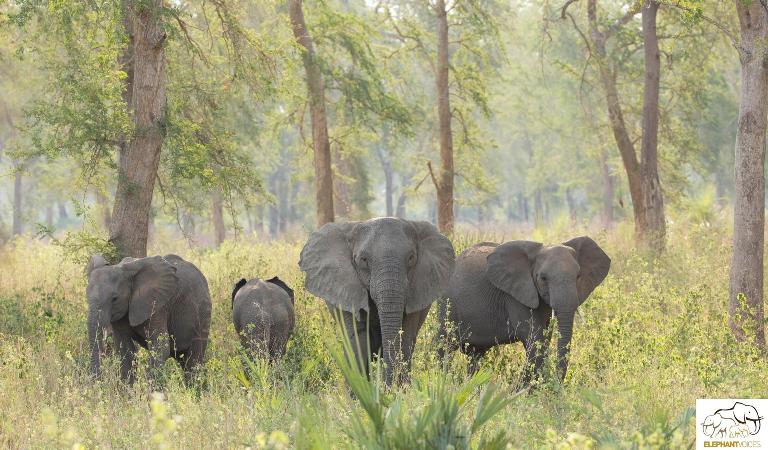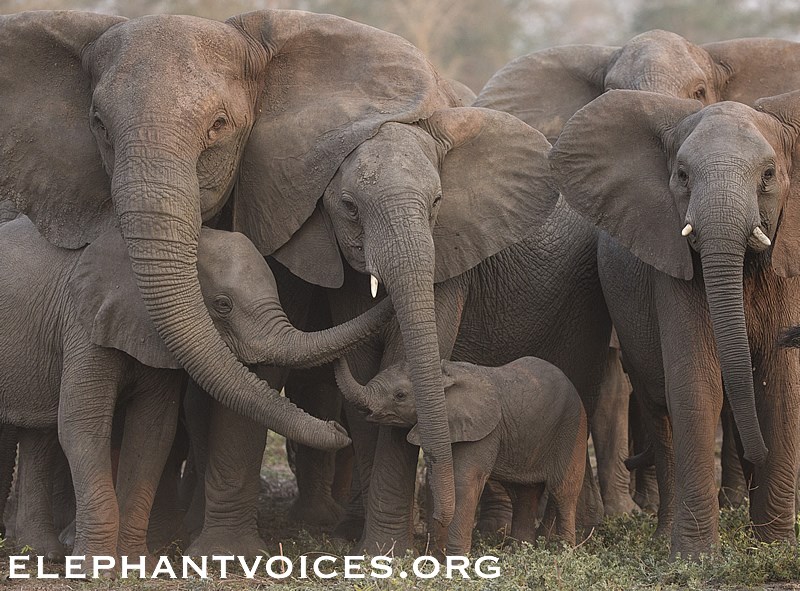
Poaching Leads to More Tuskless Elephants being Born
Research in Gorongosa National Park, Mozambique, shows that ivory poaching leads to higher proportions of tusk-less elephants. The findings by Elephant Voice Co-Founder Joyce Poole have made headlines around the world, featured by mainstream media from National Geographic to the London Times. In a Facebook post a few days ago, Elephant Voice – a non-profit elephant research and […]

Research in Gorongosa National Park, Mozambique, shows that ivory poaching leads to higher proportions of tusk-less elephants.

The findings by Elephant Voice Co-Founder
In a Facebook post a few days ago, Elephant Voice – a non-profit elephant research and conservation organisation – explained. In a nutshell, elephants with tusks are killed by poachers, so a higher proportion of tuskless elephants survive… which leads to a higher proportion of tuskless elephants being born since 50% of their female offspring are born without tusks.
Here is more detail from Elephant Voice:
“It is an example of how natural (or you might call it unnatural) selection works. It goes like this: In most African elephant populations a small proportion of individuals (usually females) are tuskless. In other words, the gene for tusklessness occurs naturally in populations.
“How frequent it is probably depends on historical levels of killing for ivory.
“This is because poachers selectively target elephants with tusks. Where poaching occurs elephants without tusks are more likely to survive than those with tusks.
“In populations that have had very heavy levels of poaching the proportion of tuskless elephants can increase quite dramatically particularly among the older age classes because they carry the heaviest, most desirable ivory.
“In Gorongosa, where we work, 50% of females over 35 years of age are tuskless. These represent those who survived the civil war when the population experienced very high levels of ivory poaching.

“Females under 35 years old include those who were very young during the war and, therefore, less likely to be targeted by poachers, and those who have been born since. Among this age group 32% of the females are tuskless.
“Approximately half of the female calves born to tuskless females are tuskless. This means that over time the number of tuskless females will decline – IF there is no further poaching. But it will take many generations.
“Males are less likely to be tuskless – there is strong selection for males to have tusks because they use them to fight for access to females.
“A male without tusks has a much harder time competing with tusked males for mates. So tusklessness in males has been selected against. Males have much heavier ivory and are therefore the first to be targeted by ivory poachers.
“High levels of tusklessness is a signature of poaching – one of the scars that elephant populations carry with them for many decades.
It is not the only one. A skewed sex ratio is another. Altered behaviour, fragmented families, lower calf survival, are some more. The demand for ivory is having a devastating impact on Africa’s elephants – at all levels: population, family, and individual.”
In response to queries over whether elephants should have their tusks sawed off, similarly to some rhino as an anti-poaching measure, Elephant Voices explained that tusks continue to grow so the ‘problem’ would only be temporarily solved.
“Furthermore – to dart an elephant is a risky and complicated operation in itself – and highly traumatic for the elephant. Not to mention the high costs. The conclusion: To saw off an elephant’s tusk is not a viable solution.”
The only solution: end the demand for ivory.
MORE
www.facebook.com/ElephantVoices/
